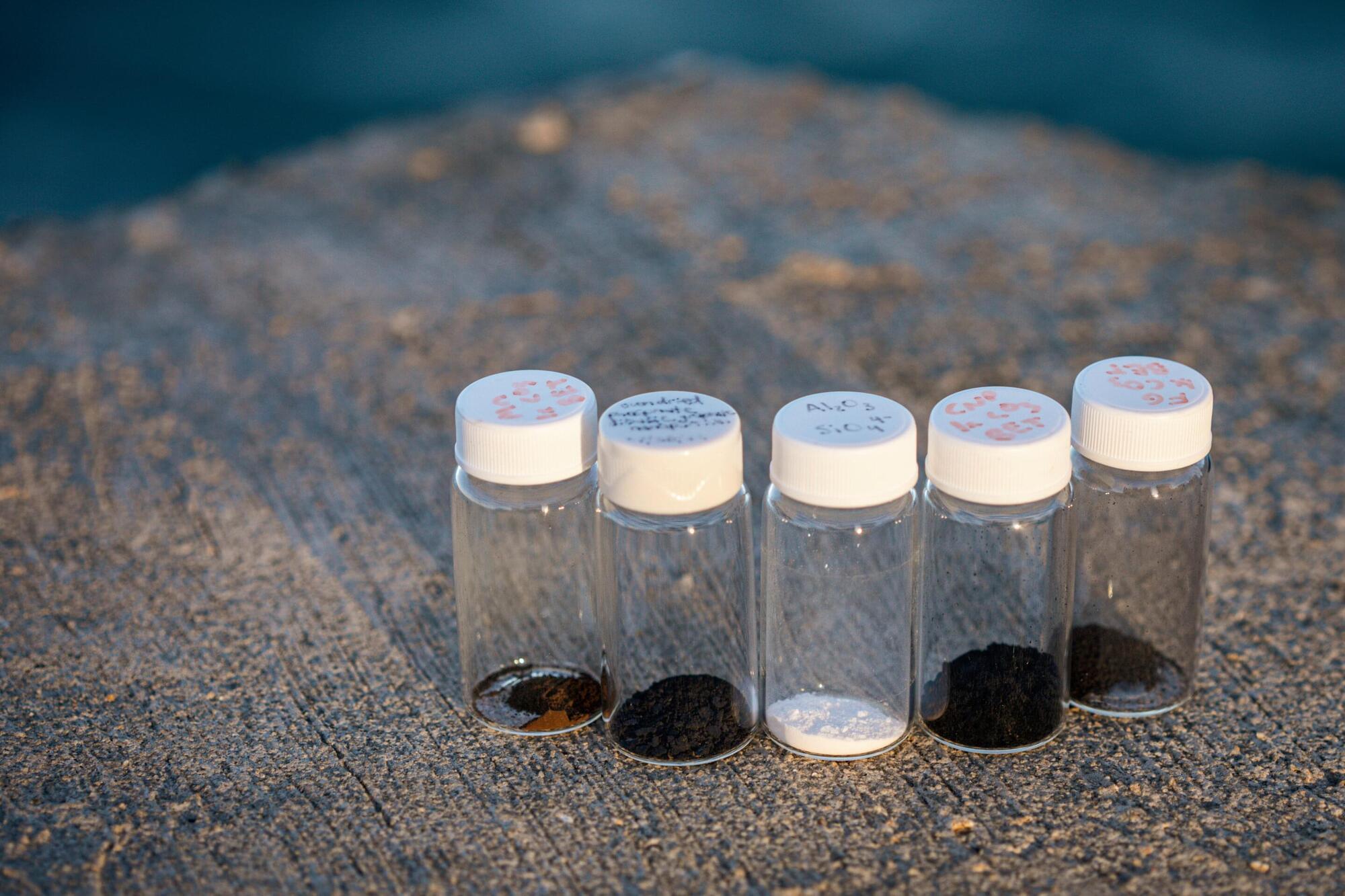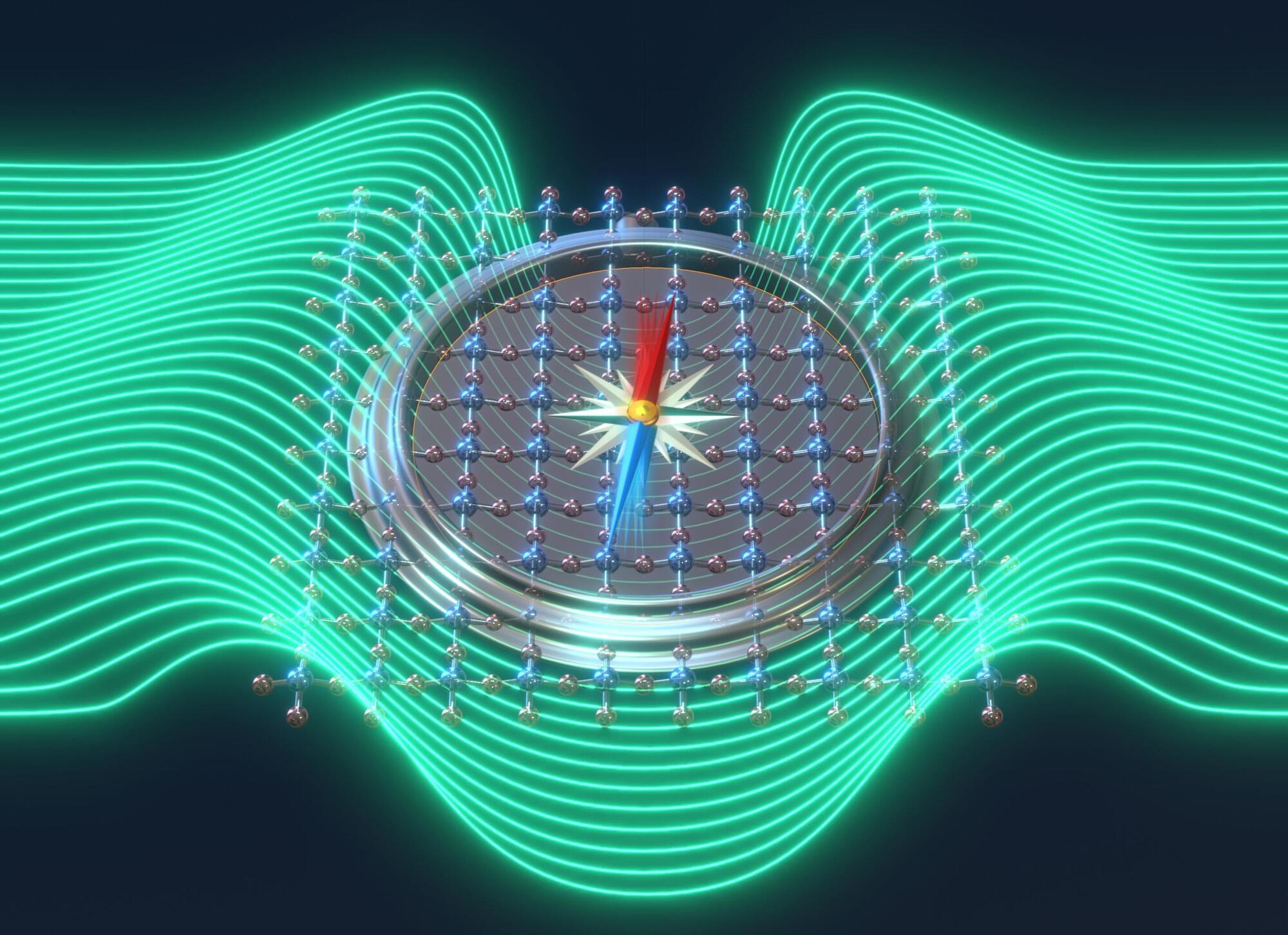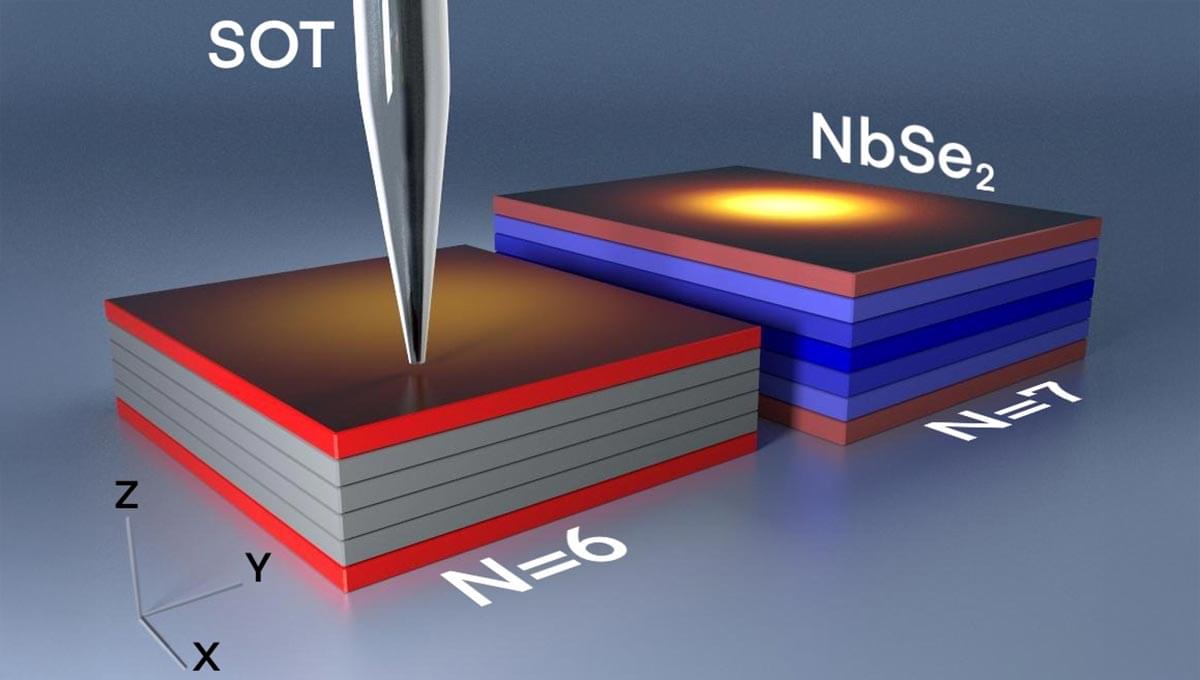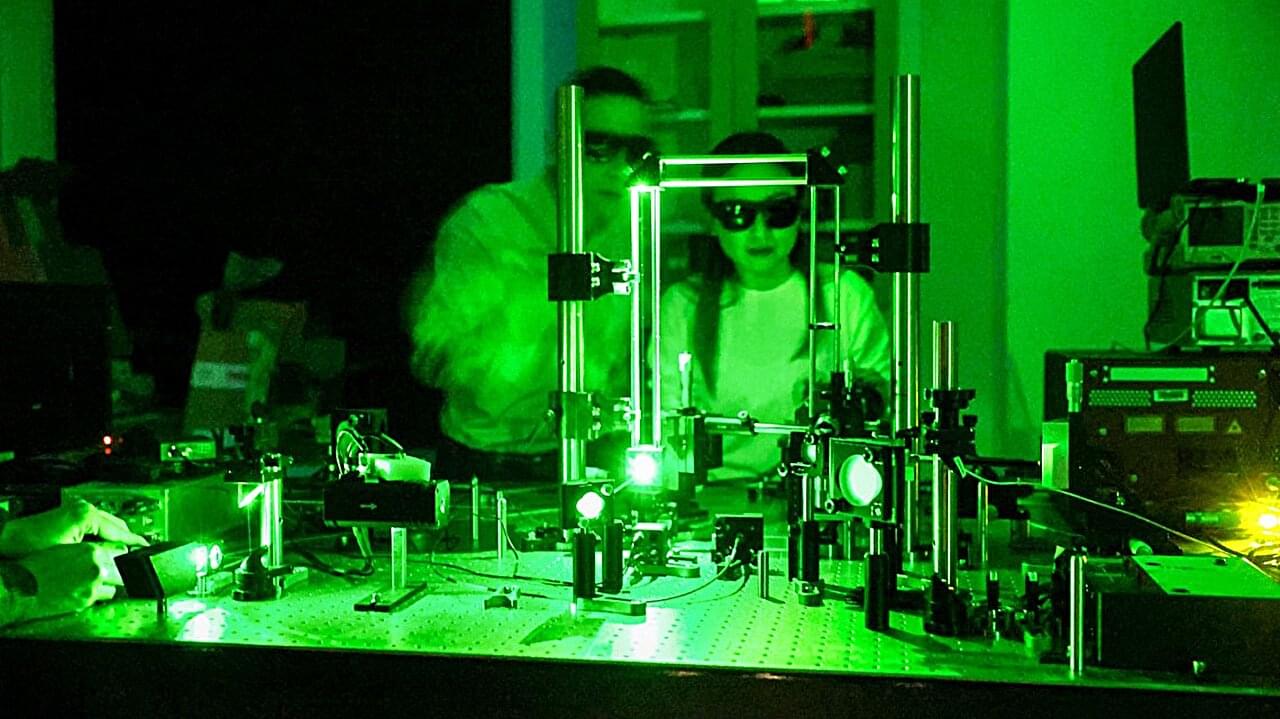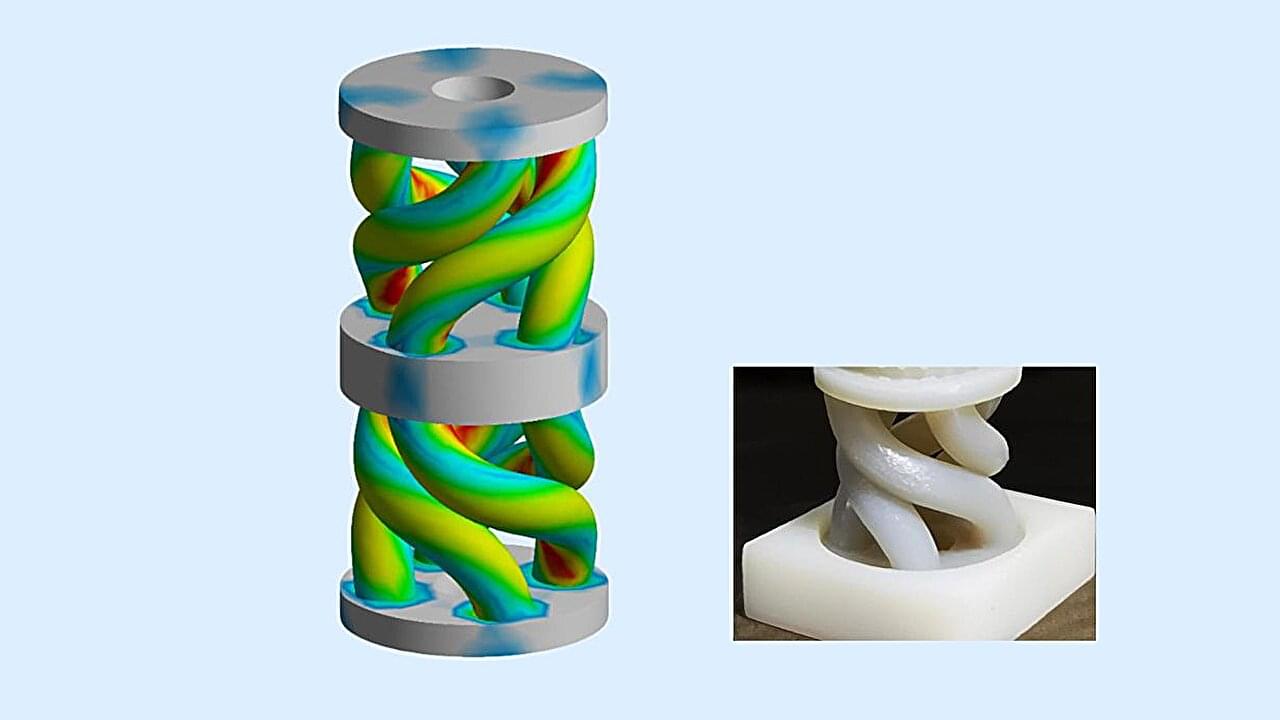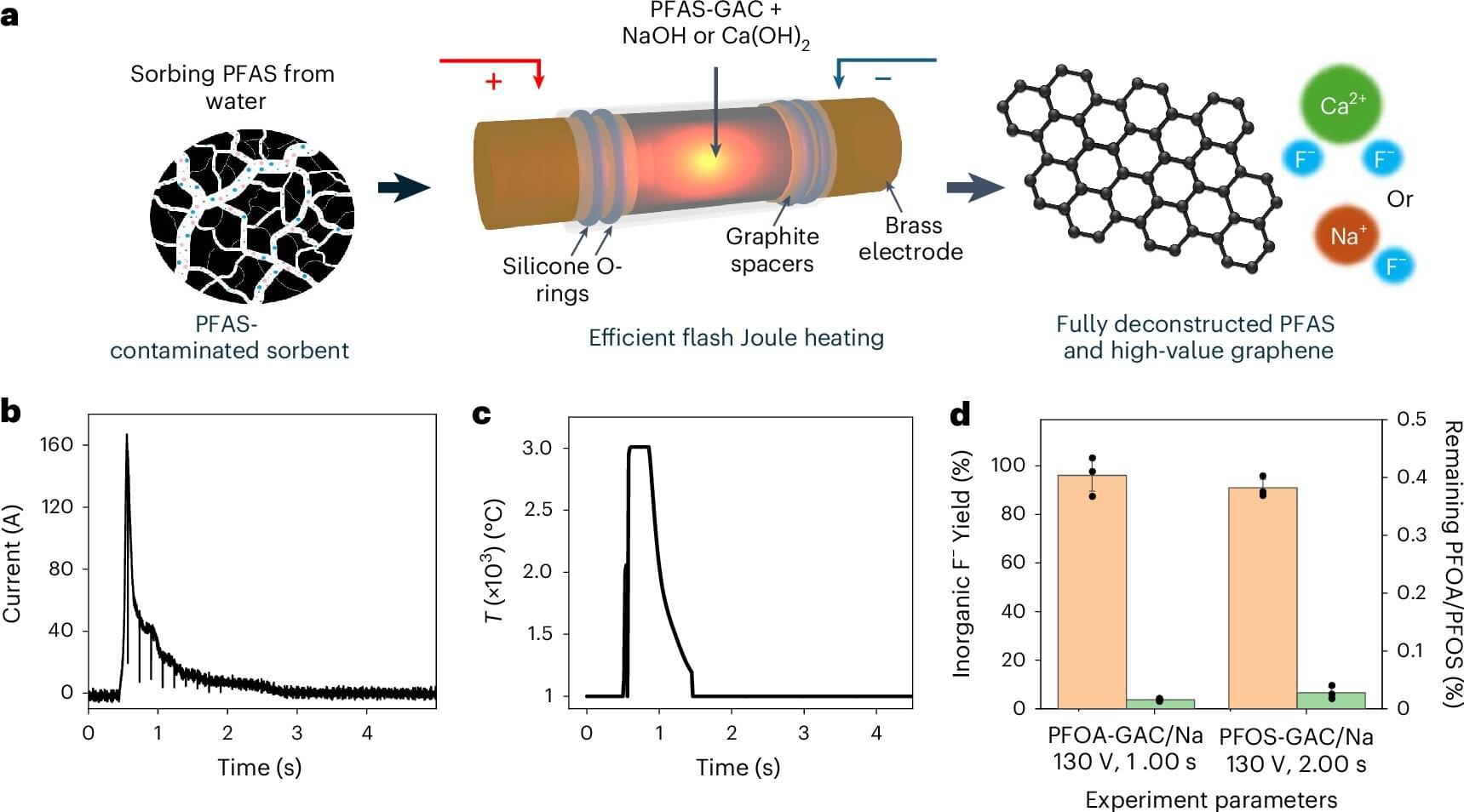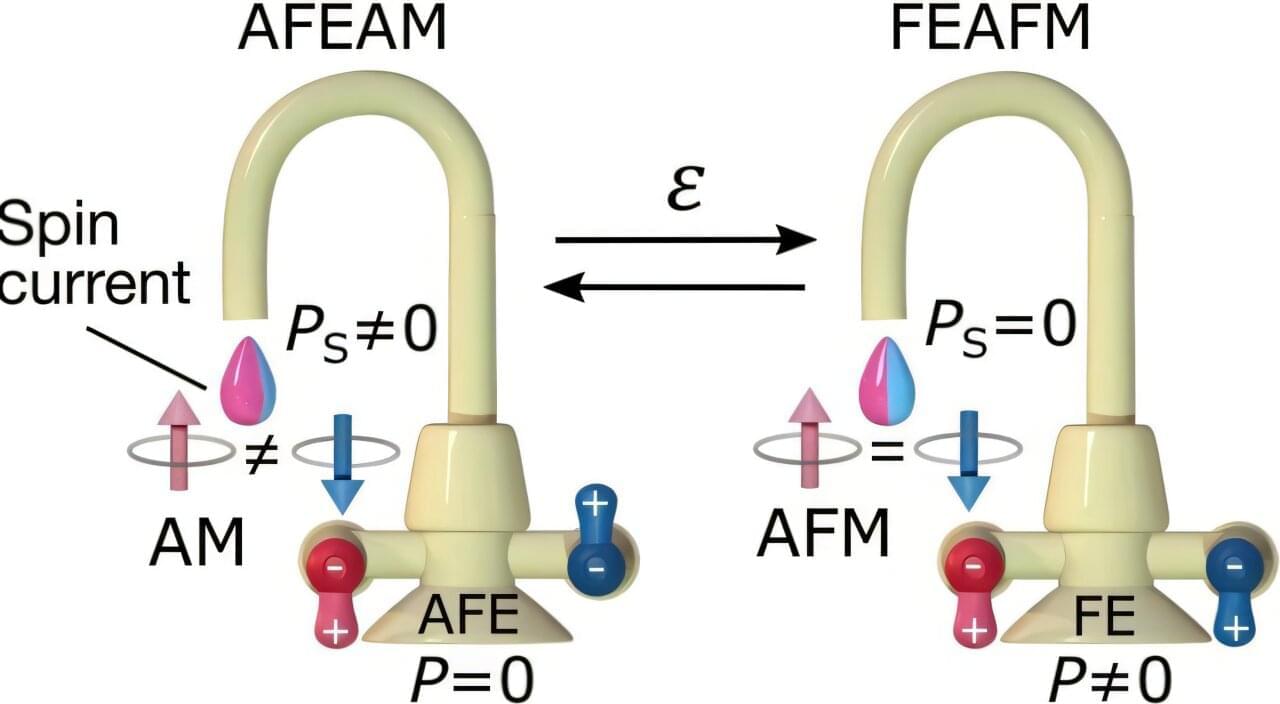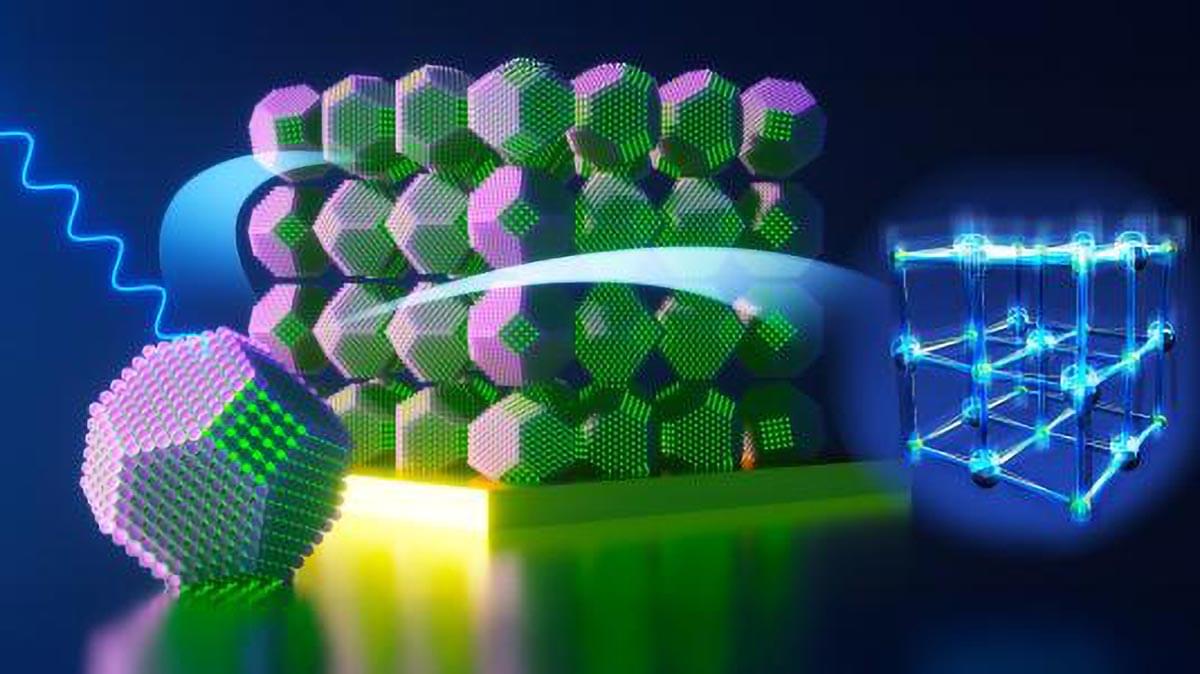Researchers at Northwestern University have expanded the potential of carbon capture technology that plucks CO2 directly from the air by demonstrating that there are multiple suitable and abundant materials that can facilitate direct air capture.
In a paper titled “Platform materials for moisture-swing carbon capture” published in the journal Environmental Science & Technology, the researchers present new, lower-cost materials to facilitate moisture-swing to catch and then release CO2 depending on the local air’s moisture content, calling it “one of the most promising approaches for CO2 capture.”
Atmospheric CO2 continues to increase and, despite considerable worldwide efforts to cut down on carbon waste, is expected to rise more in coming decades.
